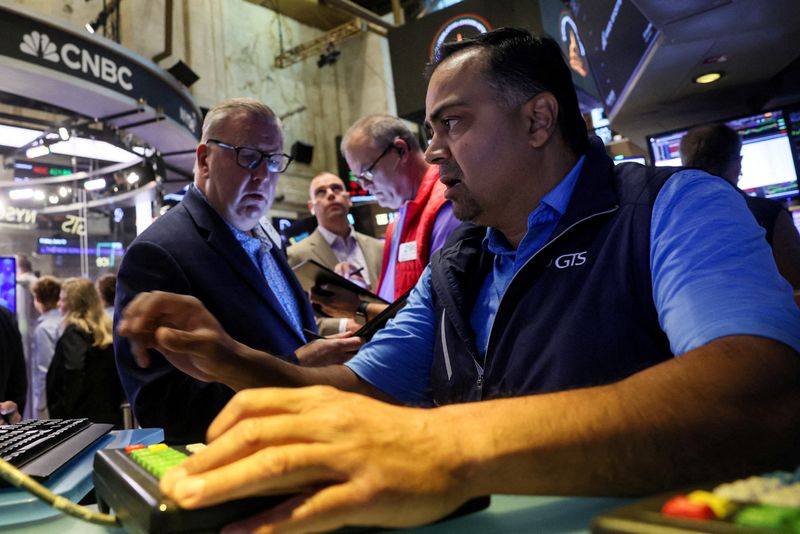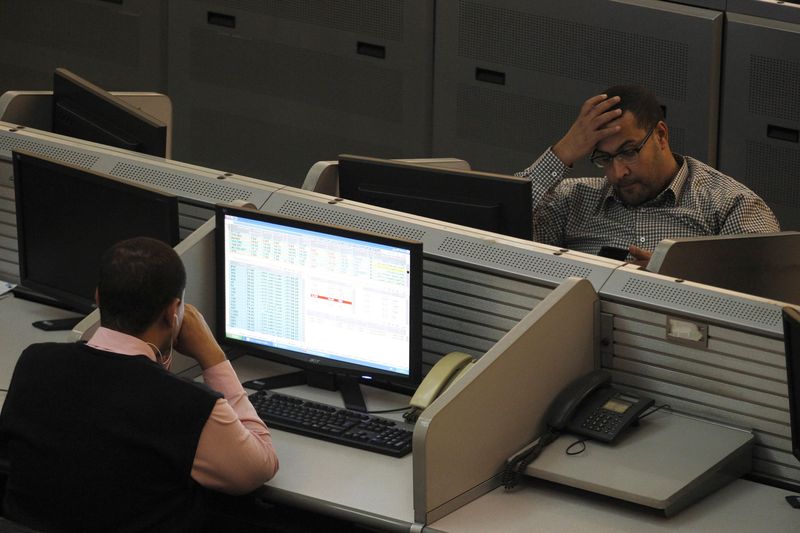By Davide Barbuscia and Matt Tracy
NEW YORK (Reuters) – Spreads between investment-grade U.S. corporate bond yields and U.S. Treasury yields rose to the highest level in more than three months, in a sign of risk aversion due to political uncertainty in France and as U.S. government bonds recovered.
The spreads indicate that premium investors are demanding to hold corporate bonds instead of safer government bonds. The spread on the ICE BofA US Corporate Index, a widely used benchmark for high-quality debt, rose to 96 basis points this week, the highest level since mid-March.
In addition, the Markit CDX North American Investment Grade Index, a basket of credit default swaps that serves as a benchmark for credit risk, rose to an intraday high of more than 54 basis points on Friday, the highest level since May 1.
The moves followed turmoil in French financial markets, where investors sold government bonds ahead of France’s surprise parliamentary election on concerns about a budget crisis in the eurozone’s second-largest economy.
Barclays strategists said in a note on Friday that the sell-off in US corporate bonds was partly due to a “flight to quality” caused by political uncertainty, with investors turning to safer US government bonds, which also rallied this month after outperforming expected inflation rates. .
Heavier-than-expected issuance of investment-grade corporate bonds also helped widen spreads, they said. More than $31.4 billion worth of deals were priced this week, above the $27 billion forecast, according to IFR data.
Government bond yields – which move inversely to prices – have fallen this month, with the benchmark 10-year yield falling to 4.269% on Friday from 4.554% at the end of May. The rally “has led to investors demanding a little more compensation for taking on credit risk,” said Blair Shwedo, head of fixed income sales and trading at US Bank.
Still, credit spreads remain historically tight due to the US economic resilience, despite high borrowing costs, and the prospect of lower interest rates in the future. This time last year, investment grade spreads were 135 basis points.

For Daniel Krieter, director of fixed income strategy at BMO Capital Markets, it was too early to tell whether the recent sell-off was a buying opportunity or a sign that spreads were shifting to a new trading range after strong demand earlier this year.
“We suspect we won’t know the answer until after the French elections, while spreads are unlikely to perform materially until after the risk has passed at the earliest,” he said in a note on Friday.


